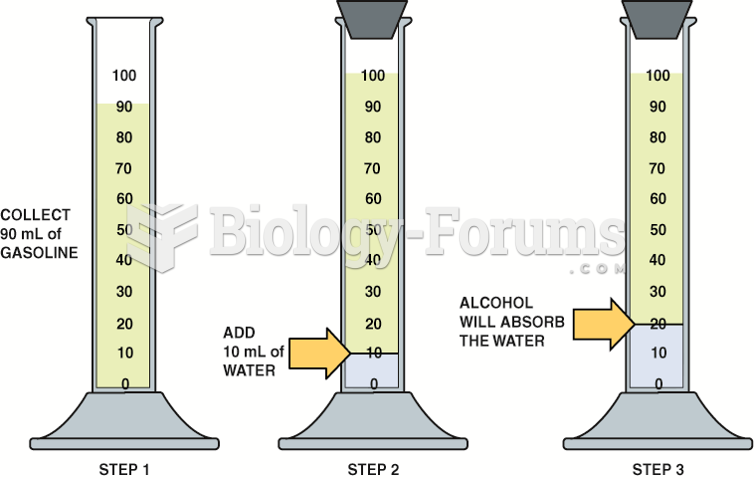|
|
|
Approximately 70% of expectant mothers report experiencing some symptoms of morning sickness during the first trimester of pregnancy.
Although puberty usually occurs in the early teenage years, the world's youngest parents were two Chinese children who had their first baby when they were 8 and 9 years of age.
Cutaneous mucormycosis is a rare fungal infection that has been fatal in at least 29% of cases, and in as many as 83% of cases, depending on the patient's health prior to infection. It has occurred often after natural disasters such as tornados, and early treatment is essential.
The U.S. Pharmacopeia Medication Errors Reporting Program states that approximately 50% of all medication errors involve insulin.
One way to reduce acid reflux is to lose two or three pounds. Most people lose weight in the belly area first when they increase exercise, meaning that heartburn can be reduced quickly by this method.
 California ground squirrel (Spermophilus beecheyi) in the man-made rocky shoreline of the Berkeley M
California ground squirrel (Spermophilus beecheyi) in the man-made rocky shoreline of the Berkeley M
 In 2009, historian Woody Holton described how Abigail Adams shrewdly invested in the Continental Con
In 2009, historian Woody Holton described how Abigail Adams shrewdly invested in the Continental Con
 Checking gasoline for alcohol involves using a graduated cylinder and adding water to check if the ...
Checking gasoline for alcohol involves using a graduated cylinder and adding water to check if the ...
 White steam is usually an indication of a blown (defective) cylinder head gasket that allows engine ...
White steam is usually an indication of a blown (defective) cylinder head gasket that allows engine ...



